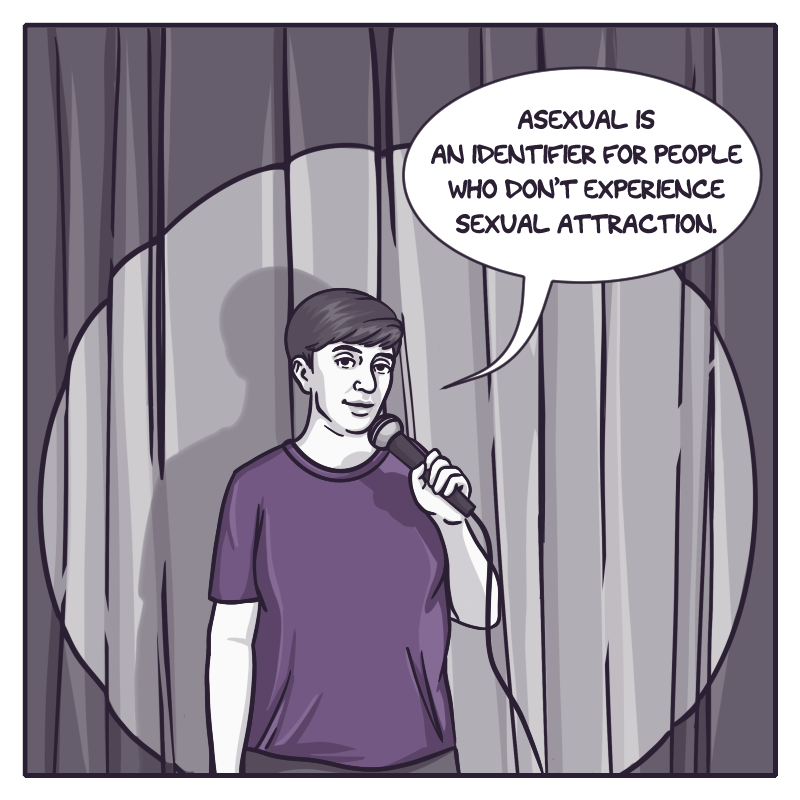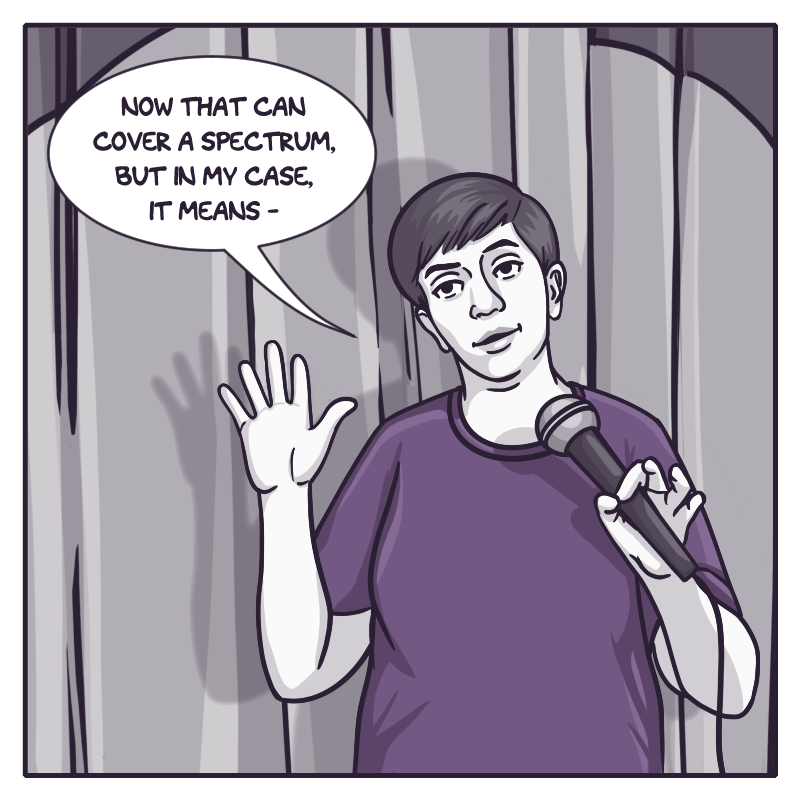What is asexuality?




Commonly defined as “a lack of sexual attraction,” asexuality encompasses an ever-evolving spectrum of sexual identity. The more we talk about it, the more nuance we discover, and the more our language shifts to understand. It’s often confused for celibacy or prudishness, but asexuality, like other sexual orientations, is not about choice.
While some people who identify as asexual (aka ‘aces’) are sex-repulsed and completely averse to sex, other have or have had sexual relations – some under the ace umbrella are even capable of experiencing sexual attraction, under a narrow set of circumstances, typically after having already developed a strong emotional attachment. Some aces experience romantic attraction and identify as heteromantic, homoromantic, biromantic, or panromantic, while others are aromantic and don’t experience the desire to form non-platonic relationships.
An early survey in the U.K. estimated that 1% of the population was asexual, and that number has likely increased as awareness has spread, leading people who thought they were just ‘late bloomers’ to realize there might be another explanation.
For a great look at asexuality and how society has linked sex and love to everyone’s detriment, check out Ace: What Asexuality Reveals About Desire, Society, and the Meaning of Sex by Angela Chen.


